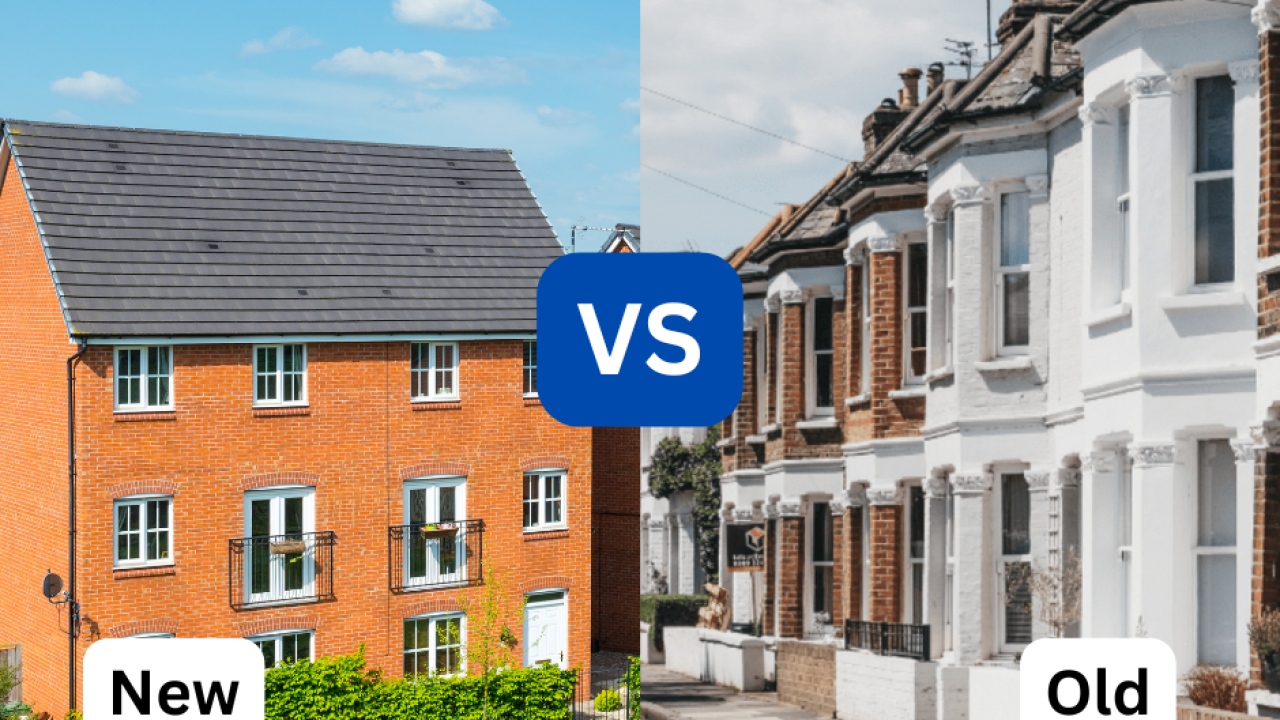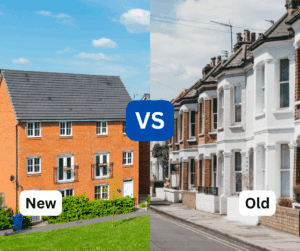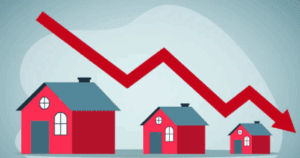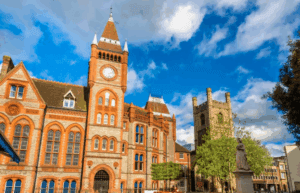1. Modern Design & Energy Efficiency
New homes are built to the latest standards, with better insulation, efficient boilers, and double or triple glazing. That means lower energy bills, reduced carbon footprint, and peace of mind that your home is future-ready. | 1. Better Value for Money
Old builds are often cheaper per square foot and don’t come with the “new build premium” (where prices can dip slightly after the first few years). With old builds, you usually get more space or a better location for the same budget. |
2. Warranty Protection
Most new builds come with a 10-year NHBC warranty (or similar), covering major structural issues. On top of that, appliances, fittings, and finishes are often under warranty too—so you won’t face surprise repair bills early on. | 2. Larger Rooms & Bigger Plots
Many older homes—whether Victorian, Edwardian, or mid-20th century—have larger floorplans, higher ceilings, and more generous gardens. In contrast, modern developments often build smaller homes on tighter plots. |
3. Low Maintenance Costs
Since everything is brand new (roof, boiler, electrics, kitchen, bathroom), maintenance is minimal for the first few years. You can settle in without worrying about replacing major systems anytime soon. | 3. Established Communities & Locations
Old builds are usually in mature neighborhoods where schools, shops, transport, and green spaces are already in place. With new builds, it may take years before the area feels fully developed. |
4. Incentives & Buyer Schemes
Developers often offer perks such as covering stamp duty, paying legal fees, or including furniture and appliances. New builds are also more likely to qualify for government schemes like First Homes or Shared Ownership, making them attractive to first-time buyers. | 4. Potential to Add Value
Old builds often come with opportunities for renovation or extension—such as a loft conversion, kitchen upgrade, or adding extra living space. These improvements can increase the home’s value, giving you more long-term return. |
5. Customization Options
If you buy “off-plan” (before the home is built), you may get to choose finishes like flooring, kitchen units, and tiles. This gives you a home that feels personal and move-in ready without needing renovations. | 5. Character & Charm
Older homes often feature unique architectural details like fireplaces, bay windows, and stained glass. These touches give old builds individuality and charm—something new builds, which tend to look uniform, don’t always provide. |







